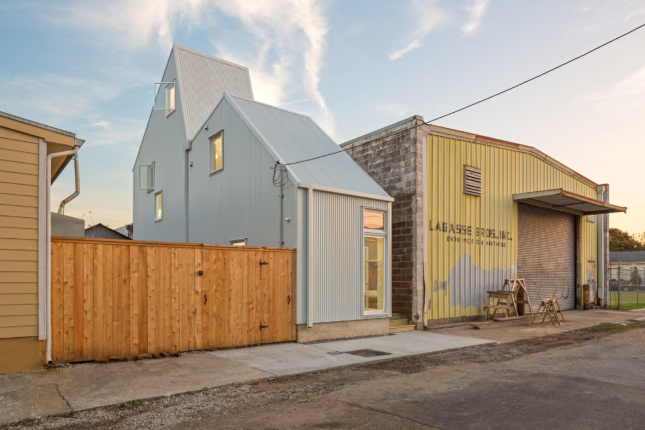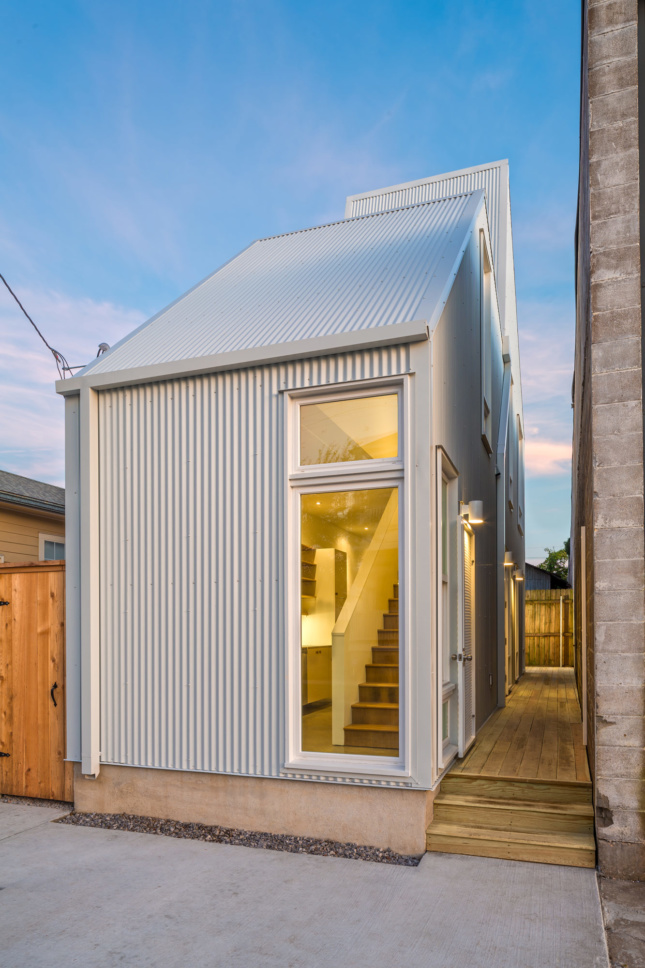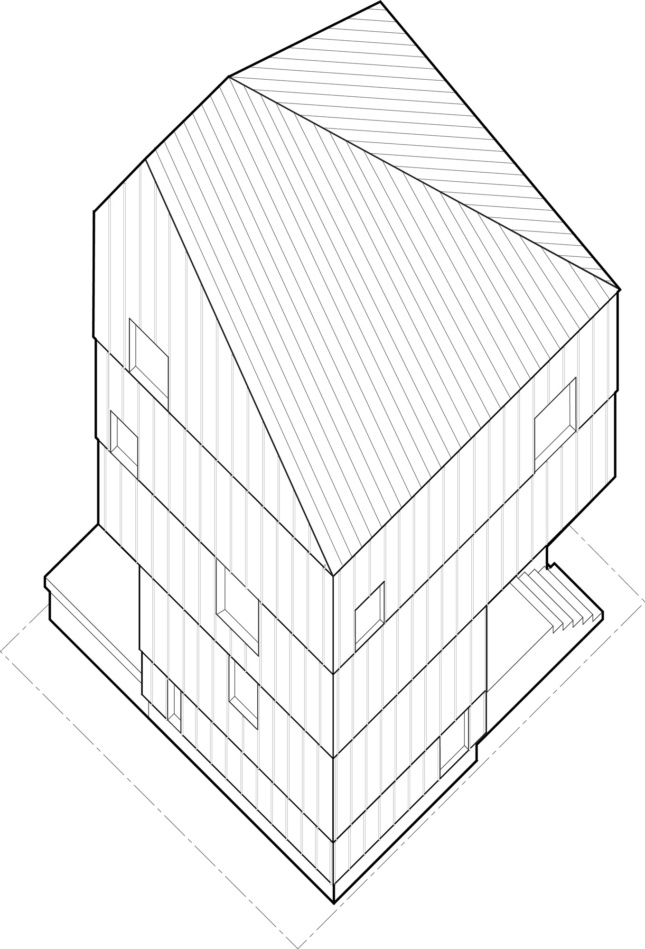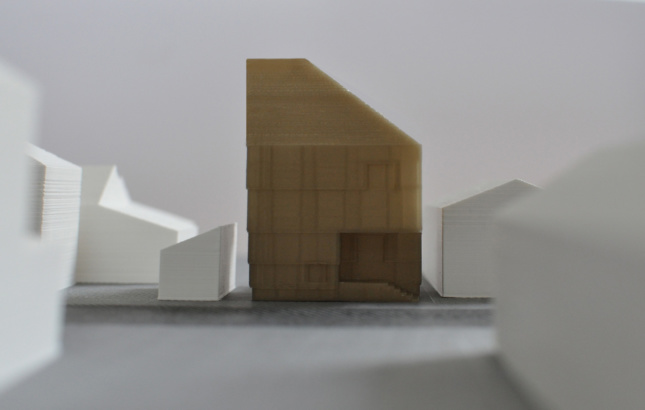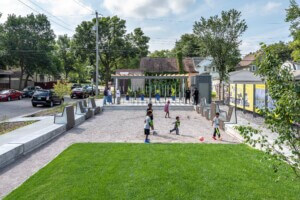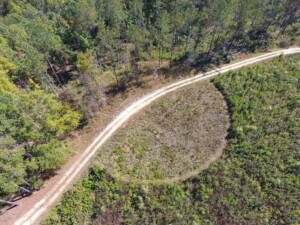The Architectural League’s Emerging Voices award and lecture series spotlight individuals and firms with distinct design “voices” that have the potential to influence the discipline of architecture, landscape architecture, and urban design. The jury, composed of Sunil Bald, Mario Gooden, Lisa Gray, Paul Lewis, Jing Liu, Thomas Phifer, Bradley Samuels, Billie Tsien, and Ian Volner, selected architects and designers who have significant bodies of realized work that creatively address larger issues in the built environment.
The Architect’s Newspaper featured the Emerging Voices firms in our February issue; stay tuned as we upload those articles to our website over the coming weeks. New Orleans–based OJT’s Founder Jonathan Tate will deliver his lecture on March 23, 2017, at The Architecture League in New York City. Click here to learn more!
OJT is making waves in New Orleans with research-based work that redefines overlooked and undervalued properties. Founder Jonathan Tate is an Auburn graduate who experienced the Rural Studio under Samuel Mockbee and spent 10 years in Memphis working for Buildingstudio (formerly Mockbee/Coker Architects). After a sabbatical to study at Harvard, he relocated with the firm to New Orleans in 2008 and started OJT a few years later. “New Orleans just felt like the right place to be. We really cared about what was happening post-Katrina,” he said.
OJT is committed to applying scholarly methods to professional practice. The seven-person firm’s portfolio comprises architecture and planning work as well as self-initiated research, like mapping nonconforming properties in New Orleans. This odd lot of odd lots helped kickstart the firm’s Starter Home* project, a development strategy to build modern, speculative infill housing aimed at first-time buyers.
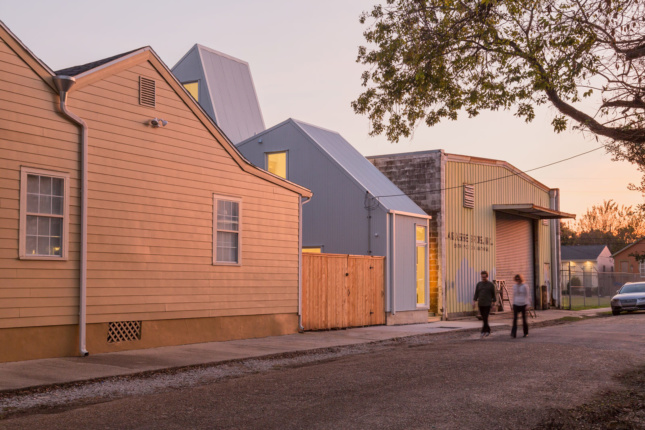
The prototype Starter Home*, located at 3106 St. Thomas Street, is shaped by the limitations of its 16-and-half-foot-wide lot and historic setting. The metal-clad building riffs on vernacular forms and uses the allowable 40-foot height to make its narrow spaces feel large. It’s become a model for development in New Orleans, and Tate hopes to apply it to other cities. But he’s quick to point out that OJT isn’t a developer. “Development is a tool for us to continue to explore an idea, and to illustrate imaginative ways to work within rules and regulations,” he explained.

The Starter Home* at 4514 S. Saratoga Street further tests the limits of limitation—not only of the concept, but of architectural tropes. “We’re always negotiating this fine line,” Tate said. “They need to feel like a home but we also want them to be challenging.” OJT’s highly iterative process incorporates 3-D printing to rapidly test formal variations. “It all circles back to the desire to investigate.”
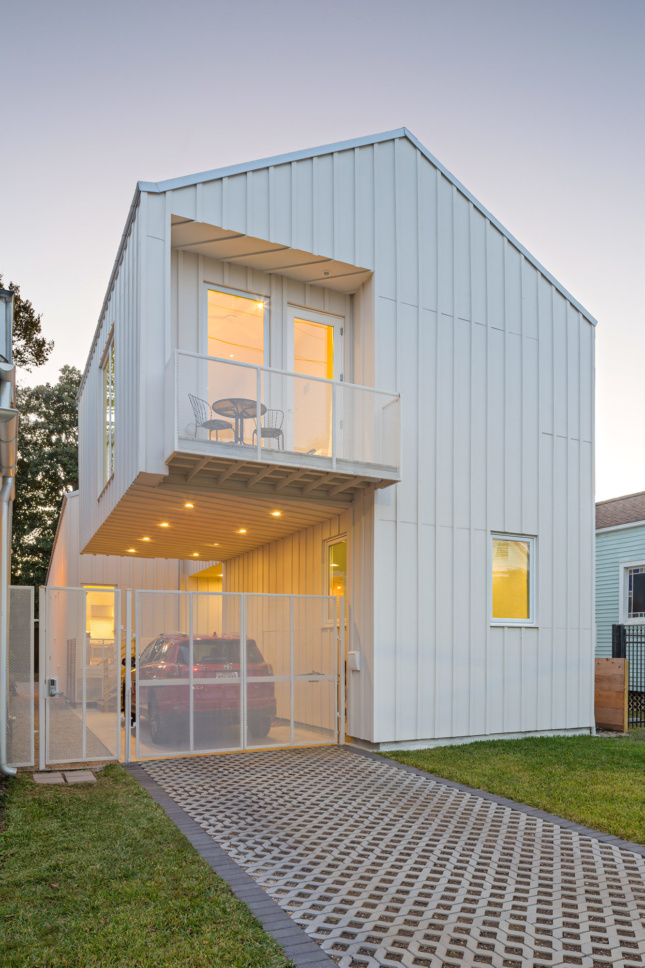
That desire also drives the Zimple house, built for the client’s father after he was diagnosed with dementia. Its clear sequence of spaces and central courtyard, which functions as a visual anchor, is informed by the firm’s research into the effects of memory loss. Located next to the client’s traditional camelback house, the project inverts the vernacular type to balance privacy and openness between the homes.
Although OJT has earned recognition for its residential projects, the firm is applying its methods just as successfully to commercial and cultural work like Hattie B’s Hot Chicken, a restaurant that adapts and subverts a fast food joint, and the Southern Food and Beverage Museum, built in a repurposed historic market. “We’re a thoughtful practice that tries to engage every project type in a meaningful way,” Tate said. “This is an intellectual project for us. We’re always asking ourselves why we’re doing what we’re doing.”






